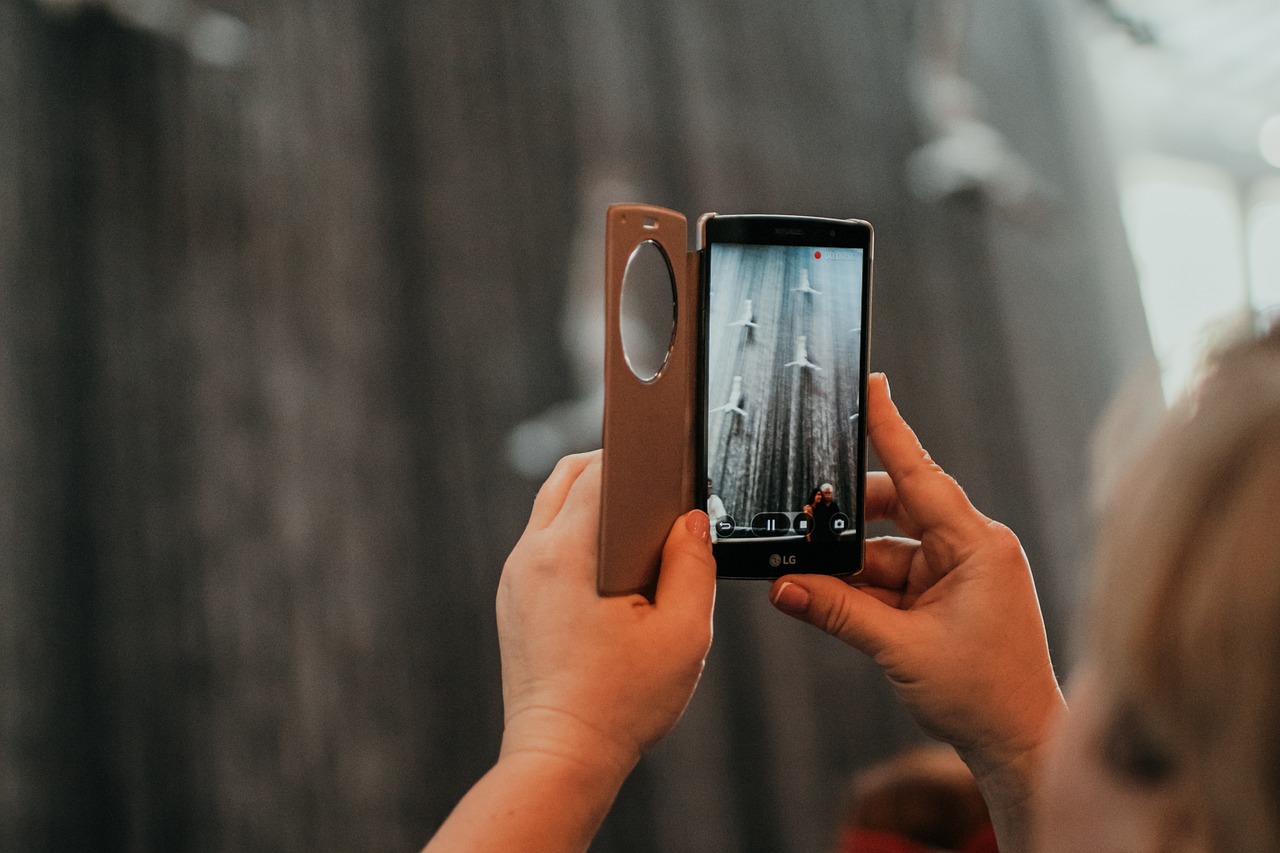Two opposing trends will continue to increase in 2024: the time we spend in front of screens and the intention to reduce it. How to keep track.
In recent years, the average time we spend in front of screens has steadily increased. Various surveys confirm this, and the pandemic, in particular, has intensified the trend towards more screen time. At the same time, other surveys show that more and more people want to take a conscious break from digital media. Fortunately, both Android and iOS devices offer built-in features that give users insight and control over the time they or their children spend in front of the screen. How to keep track of your screen time.
On Android devices, the ‘Digital Wellbeing’ function is the key to tracking and controlling screen time. Users can access this function by opening their device’s settings and searching for ‘Digital Wellbeing’. An overview of device usage is displayed there, including the time spent in various apps and the number of times the screen has been locked during the day. In addition, it is possible to set time limits for certain apps or activate a ‘focus mode’ that temporarily blocks distracting apps to promote concentration.
‘Digital Wellbeing’ also includes the monitoring and control of children’s screen time and provides parents with a tool to promote their children’s digital health. By setting up a ‘Family Link’ account, parents can monitor their children’s activity on their devices, set time limits for app use and even create a bedtime schedule to ensure devices cannot be used at certain times. These measures allow parents to find a healthy balance between their children’s online and offline time while sensitising them to digital media use.
iOS devices offer a similar function called ‘Screen Time’, which gives users an overview of their daily usage. By tapping on ‘Screen Time’ in the settings, users get access to reports on their app usage, can set limits for app categories and can schedule a ‘time out’ where only certain apps are accessible. Screen Time also provides detailed information about the frequency of notifications and app activity, which helps to encourage a more conscious use of digital devices.
‘Screen Time also offers features to help parents organise and control their children’s digital environment. By setting up ‘family permissions’, parents can set screen time for each family member individually, restrict certain apps during homework or bedtime and define categories of apps that should remain accessible during quiet times. Parents can also view detailed statistics on their children’s app usage to gain insight into their digital habits and make adjustments if necessary.
- source: gentside.de/picture: Bild von Kate Trysh auf Pixabay
This post has already been read 1193 times!



